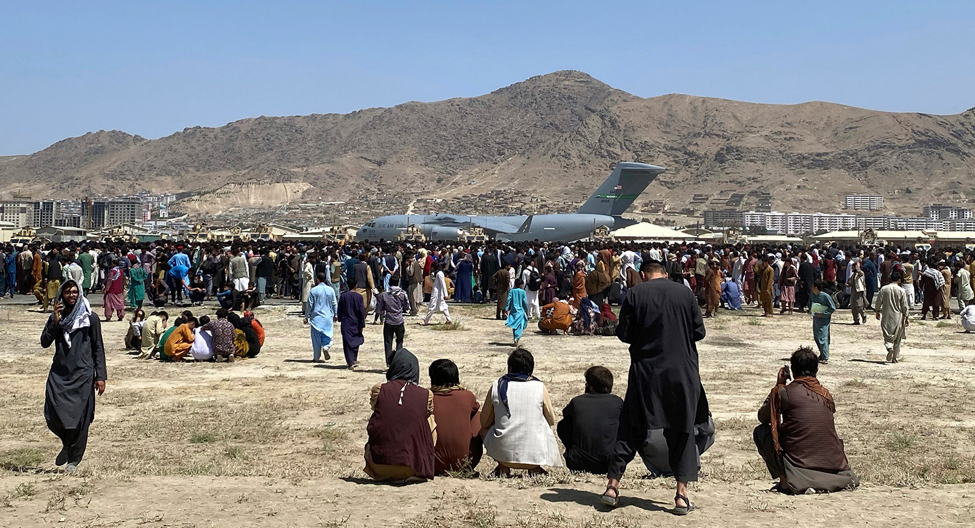A cease-fire was promised — but an end to the suffering never came. With the current political situation continuing to unravel in Afghanistan, it’s difficult to determine whether the bloodshed taking place in the country will ever come to a close.
The United States has long been involved with Afghanistan for decades. In fact, according to the International Rescue Committee – UK, the nation is currently suffering one of the worst humanitarian crises in the world, with 97%of the population at risk of sinking into poverty in 2022. But what is so different about Afghanistan’s current condition as opposed to what was taking place in previous years?
During February 2022, the U.S. and Afghanistan compromised on a peace agreement to bring an end to the war and promote regional stability and global security.
The joint declaration outlined multiple contingencies, including the U.S. fully withdrawing their troops from Afghanistan within months and the Taliban ceasing affiliation with terrorist activities. After the U.S. took action, the Taliban set out to control much of Afghanistan’s provinces, resulting in the deaths of thousands of civilians.
In the process, Afghanistan lost billions of dollars worth of funding, with one of its primary sources coming from the Sehatmandi Program — a three-year, $600 million on-budget project administered by the Work Bank through the Afghanistan Reconstruction Trust Fund (ARFT).
The result was a massive outcropping of public health system issues, with clinics and hospitals struggling to distribute salaries for their service workers.In Addition, patients face a multitude of shortages in medicine and other essential supplies.
According to writer Jane Ferguson from The New Yorker, only 17 percent out of the 2,300 health facilities in the country are operational, leaving 39 million civilians at an unfair chance of survival. Even infants, some that weigh less than four pounds, are stripped away of their human rights and clustered together in ICU beds that’re otherwise only fit for one.
“Some survive. Some do not,” says pediatrician Abdul Jahad. What can be taken away is that this form of inhumane living is a consequence of oppressive rule under the Taliban.
I asked Queens College students about their feelings on Afghanistan’s current situation.
Freshman Taskin Zaman offers one perspective: “It’s important for us to be aware of what is happening because they are facing a crisis. It is a problem that they are facing and if we cause awareness, we are able to help them. Often, when a wrong is brought to attention, it can be corrected and stopped.”
When asked about the Taliban’s actions in contrast to the country of Afghanistan as well as Islam, Queens College Freshman Alishba Fazal, had this to say: “As a Muslim, I don’t want our religion to be misunderstood by people all around the world. I don’t want people to believe that Islam is a harsh and oppressive religion. Our religion preaches peace. What the Taliban are doing, in my perspective, is not bringing peace.”
For Muslim students who are watching the conflict gradually unfold, the experience is heartbreaking to say the least. Along with the many humanitarian issues, the chaos also brings to light the tendency of blaming the crimes of the Taliban on Islamic rulings.
What needs to be understood is the fact that no religion condones any form of violent, oppressive behaviors as seen committed by the Afghani movement. Universally, the Taliban should not be viewed as a group that deserves to dominate Afghanistan.
As Vicki Aken from IRC-UK says, “So you want to make 38m people suffer because of a few thousand? That math doesn’t work for me.” And neither should it work for us.











